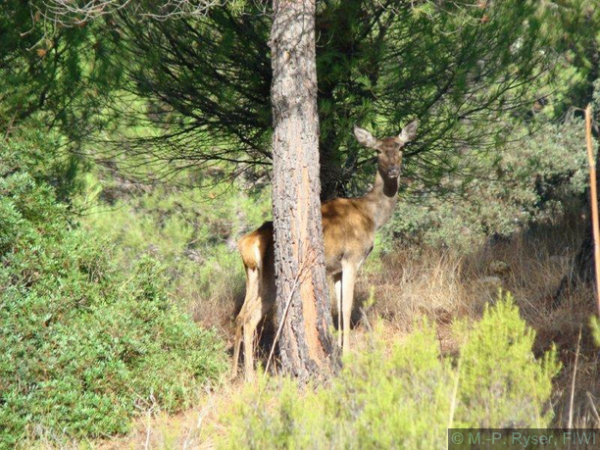Work package 4 (WP4)

Development of a European wildlife disease network
Objective:
To develop a European network for wildlife health surveillance in which harmonised methods are adopted for:
- estimating abundance of key hosts (population size, density)
- diagnosing key pathogens in key hosts (sampling strategies, storage/archiving, diagnostic techniques)
Sub-objective: to involve European countries/networks/partners beyond APHAEA
- in the development of harmonised methods
- in the wildlife health surveillance network
Milestones and Deliverables:
- Identify stakeholders, organizations and experts to be contacted (for a+b)
- August/September 2012 : Establish a list of participants (=network partners)
- Review of published and unpublished methods by APHAEA project team for established list of hosts and pathogens:
- Template for abundance estimation (® WP1)
- EWDA Diagnosis Cards (® WP2)
- December 2012: Consultation of network partners
- Adaptation of review documents considering participants’ feedbacks
- May 2013: Final, approved review versions available on the APHAEA website
- Proposal for harmonised procedures
- August/September 2013: Harmonisation concept sent to network partners for review (assessment form):
- Realistic methods for local applications?
- Limitations?
- Suggestions?
- October 2013: 1st Consultation workshop ® detailed presentation of protocols, discussion and general agreement
- February 2014: Approved harmonised protocols available on the APHAEA website
- Validation of endorsed protocols through application (® WP3)
- Estimating abundance of selected key hosts in selected countries
- Cross-sectional studies on selected key pathogens in selected countries
- March 2015: 2nd Consultation workshop ® presentation of WP3 results (incl. feasibility, reliability and acceptance of proposed harmonised protocols); needs for adaptations vs. protocol approval; further steps (European network)
- May 2015: Workshop proceeding available on the APHAEA website
